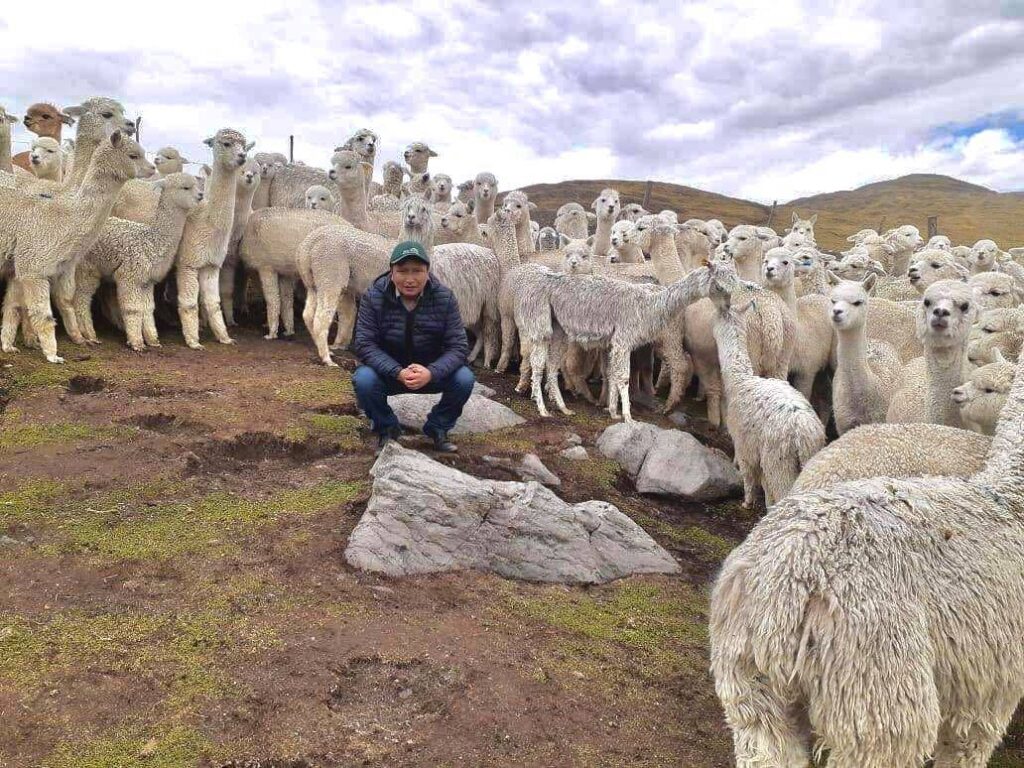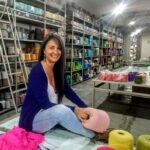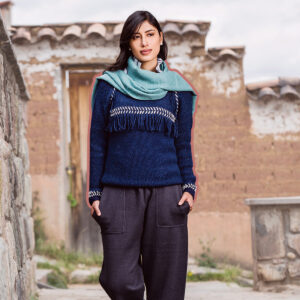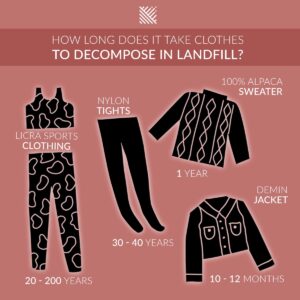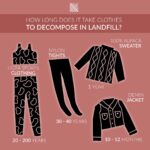Meet Wilder Yauri and his knowledge of Alpaca fiber
Wilder Yauri gives us his opinion on alpaca fiber. He knows the communities since he was a child. Walks through the mountains, listens to and talks with the alpaca community from all over Peru.
What do you think of the relationship between the alpaca and the community?
Well, there is a lot of love and respect since there is a connection among the alpaqueros which form the alpaca community. They see the alpaca as a divine gift. They even name them because they are aware that this animal provides them with one of the finest fibers in the world.
How do you value the alpaca fiber using your knowledge as a textile engineer?
Alpaca is a very noble and natural fiber. Has a thermal fiber that is regulating the body temperature depending on the environment. Consequently it keeps you cool in summer and keeps you warm in winter. In the case of the Suri it has a lot of luster, in the case of the Huacaya it is not so lustrous, that is to say it has no shine. There are more than 40 shades. For me it is an extraordinary, noble and fine fiber that can be used to make the best textiles in the world.
Do you consider that alpaca clothing or textile pieces are made of sustainable fiber?
Yes, I consider that because the alpaca is a biodegradable fiber. The breeding is in balance with the ecosystem since the alpacas do not prey on the pastures. Alpaca have pads on their hooves which do no harm and their excrements serve to fertilize the soil. They naturally take care of their ecosystem. Furthermore, it is also super important to mention that they do not emit gases that directly affect global warming. For all these reasons, I do consider that the alpaca is a sustainable fiber due to its breeding, handling, obtaining the fiber and caring for the environment.
How many years can a well cared-for alpaca live?
A well cared-for alpaca can live 8 years.
How is the supply chain for alpaca fiber in Junín, for example?
The supply chain for alpaca fiber is as follows: in high altitudes. our alpaca community breeds alpacas. Besides that, shearing is carried out once a year where we obtain the fiber. Then they go to collecting centers and a categorization of fleeces is done and then finally we do the classification of the fiber. It can result in: royal, baby alpaca, flix, medium flix, huarizo. Therefore it gets forwarded to the textile industry so that it can pass through the washing, carding, spinning and dyeing process. Also the threads distinguished between thread for flat garments and thread for knitted garments to obtain textiles.
What do alpaca communities expect from the alpaca fiber trade movement after 2020?
We hope that prices will improve, that the market demands more consumption of alpaca fiber textiles and, above all, that they value our work by paying a fair price. That the government recognizes us as a fundamental part of this commercial link, that it provides better conditions of life to us, like better access to health and education. This would ensure that it is also attractive for other generations to dedicate themselves to this noble activity that is the breeding of alpacas.















